May 25, 2020
I didn’t watch the full video. 8 minutes and 46 seconds. I saw parts of it, but not the whole tape. I can’t watch the video of George Floyd dying, of anyone dying.
I had the privilege of sitting with my feelings on this for a while. To learn more. To take it all in. I began reading. Looking. Researching for anything I could find.
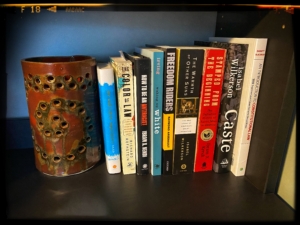
I found a mountain of information. Podcasts. Books. Videos. Theses. Documentaries. Journal articles. Newspaper pieces. Magazine reports. Websites. There was no end to the documentation. What I could read, view, and listen to. New information to learn, to shatter my old misunderstanding, and develop a new, more accurate picture.
I shouldn’t have been surprised by the deluge of resources I found, but I was. It was eye-opening. Once I started looking, learned so much about US history. More than in any class I took. Our history spells out the impact of racism and how far its tentacles stretched. Education, healthcare, housing, travel, restaurants, the GI Bill, voting rights, religion, policing, marriage, redistricting. There isn’t an area of life that isn’t affected by systemic racism. Every person in the United States has either benefited from or been disadvantaged by this disease.
There are many perspectives to history. The white perspective is the primary one told in this country because white is the dominant race, the dominant caste. There is a vast amount of US history that isn’t taught because it doesn’t paint white people in a positive light. This creates an incomplete and unfair narrative of our country, its history, and its people.
Redlining. Gerrymandering. Jim Crow. Segregation. Racial profiling. Stop and frisk. Voter ID. Poll taxes. Travel bans. Internment camps. Reservations. The war on drugs. All forms of racism make it harder for people of color to live their American dream. All efforts to keep the privilege in the hands of white people. White privilege. White power. White supremacy.
Equal rights have not been established. All lives don’t matter until all lives are treated like they matter. Black and brown lives don’t matter in the United States. Four hundred years of history demonstrates this. The evidence is there for anyone to see if one is open to seeing it.
I believe that the United States of America is a great country. I believe in the quest to form a more perfect union…more perfect union for ALL those who call the United States home. I also know that quest is a messy one. We are not a country of saints. Far, far from it. To paint this country as such is a lie and dooms us to repeat our sins of the past.
If you are open to learning about how systemic racism permeates our society, I encourage you to access the Google Docs link below. It is a file that contains the list of resources I found in my research on systemic racism. As I continue collecting resources, I will continue to update this document.
#SystemicRacism Resources Google Docs Link
These resources tell another side of US history, it’s not a pretty one but it’s true. My hope is that the research I have done will help open more eyes to the reality of our nation and those who are mistreated in it because of the color of their skin. My dream is that as we know the fuller story of US history we will break the ongoing cycle of systemic racism.

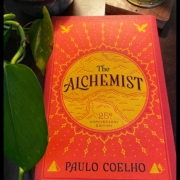 © Catherine Haslag
© Catherine Haslag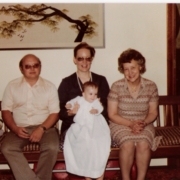 © Catherine Haslag
© Catherine Haslag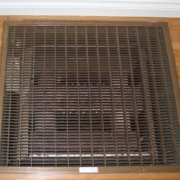
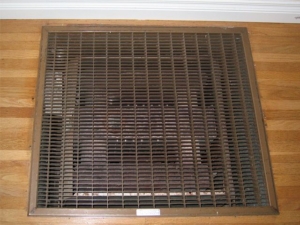
 © Catherine Haslag
© Catherine Haslag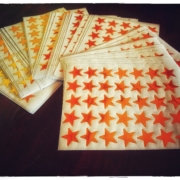 © Catherine Haslag
© Catherine Haslag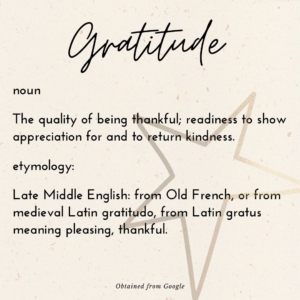 A gratitude practice became a part of my life a handful of years ago. At the time I started this practice all I could see was everything that was “wrong” in the world. I was wasting so much energy on what didn’t appear to be “right” and was looking for a way to shift that energy into something productive. Someone suggested that I cultivate a gratitude practice to shift my attitude and view of life. They challenged me to see the flowers on the wallpaper rather than focus on the cracks in the plaster.
A gratitude practice became a part of my life a handful of years ago. At the time I started this practice all I could see was everything that was “wrong” in the world. I was wasting so much energy on what didn’t appear to be “right” and was looking for a way to shift that energy into something productive. Someone suggested that I cultivate a gratitude practice to shift my attitude and view of life. They challenged me to see the flowers on the wallpaper rather than focus on the cracks in the plaster.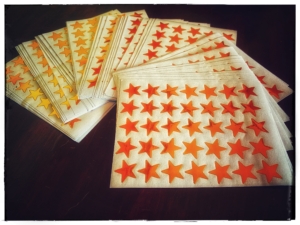 About halfway through lockdown in 2020, I decided to add something else tangible to my gratitude practice, so I brought the gold star back into my life. This was a simple, visible, and slightly quirky way for me to show gratitude to myself and those around me. It was also a way to spread a little childhood joy in the grind of adulthood.
About halfway through lockdown in 2020, I decided to add something else tangible to my gratitude practice, so I brought the gold star back into my life. This was a simple, visible, and slightly quirky way for me to show gratitude to myself and those around me. It was also a way to spread a little childhood joy in the grind of adulthood.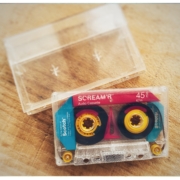 © Catherine Haslag
© Catherine Haslag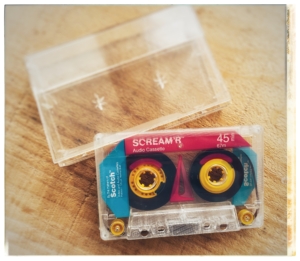
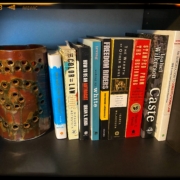 © Catherine Haslag
© Catherine Haslag
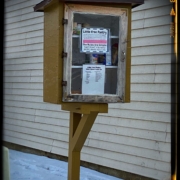 © Catherine Haslag
© Catherine Haslag © Catherine Haslag
© Catherine Haslag